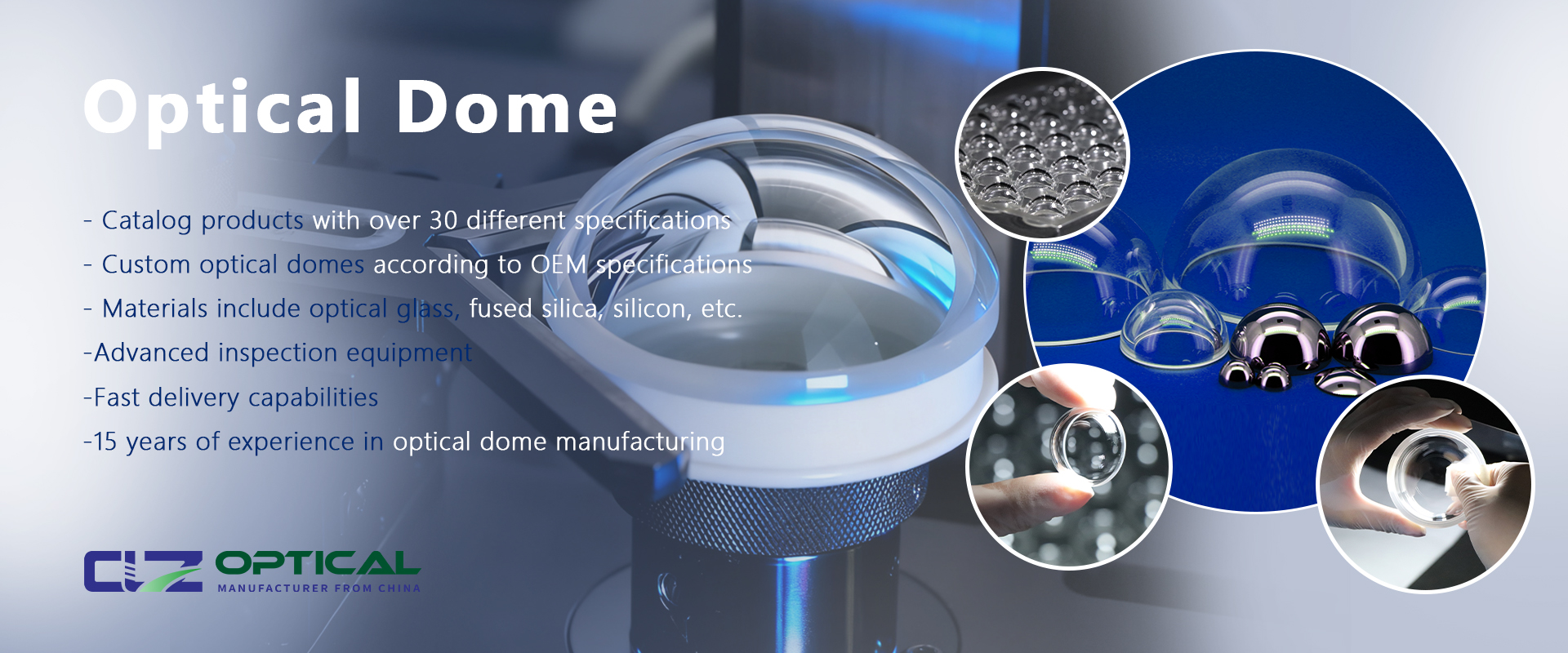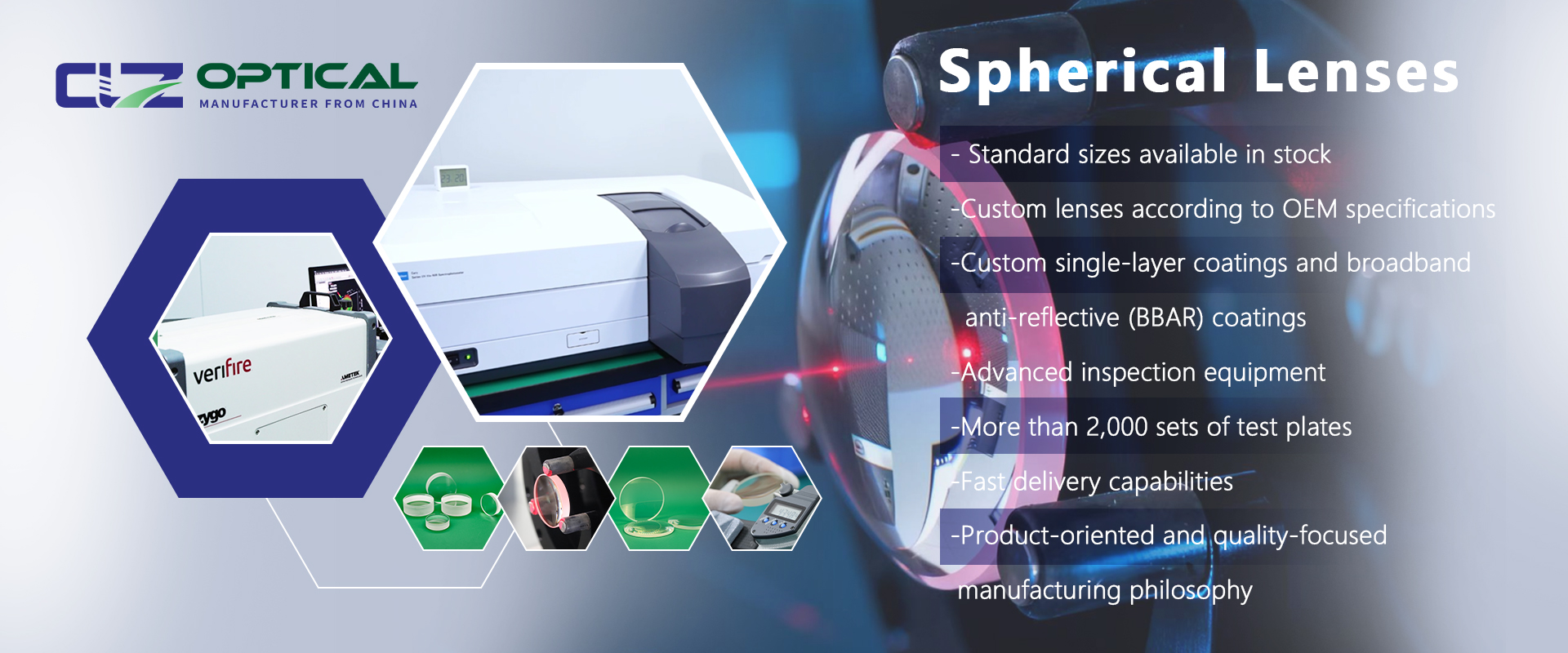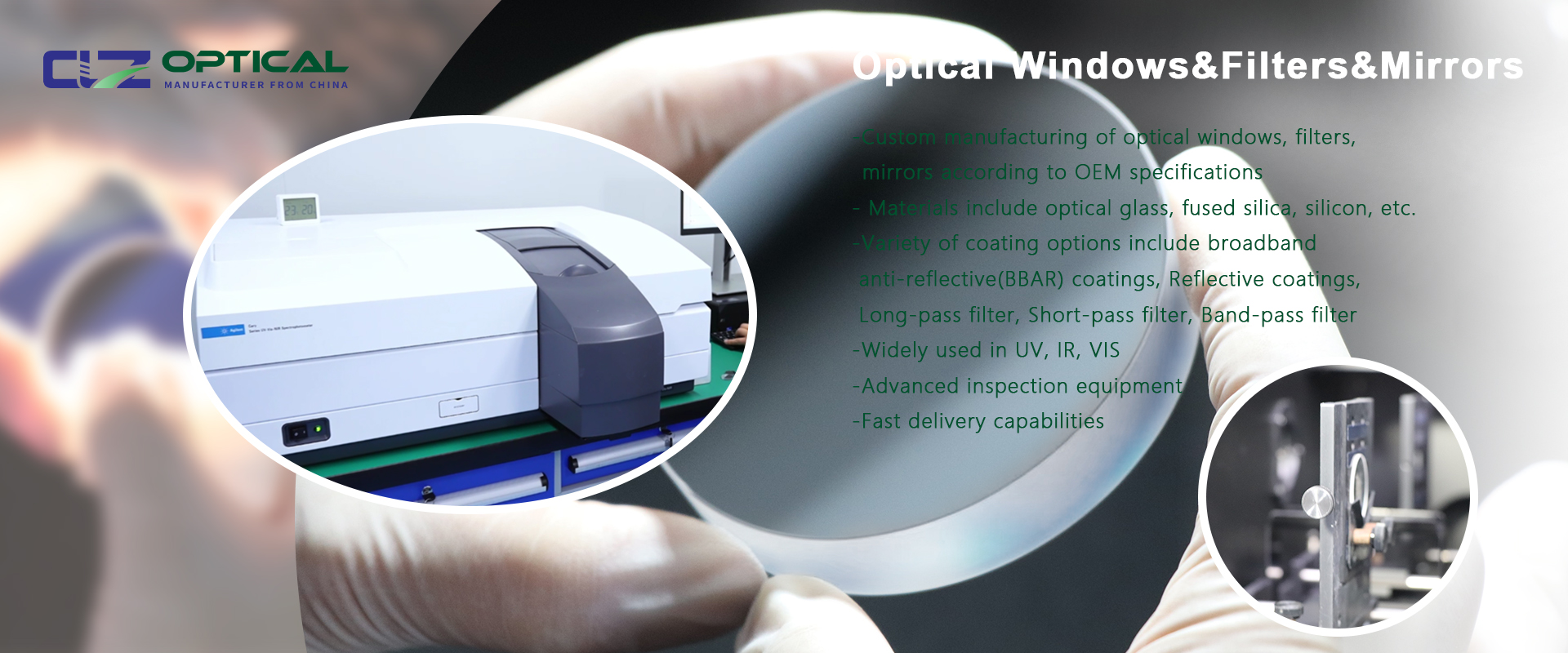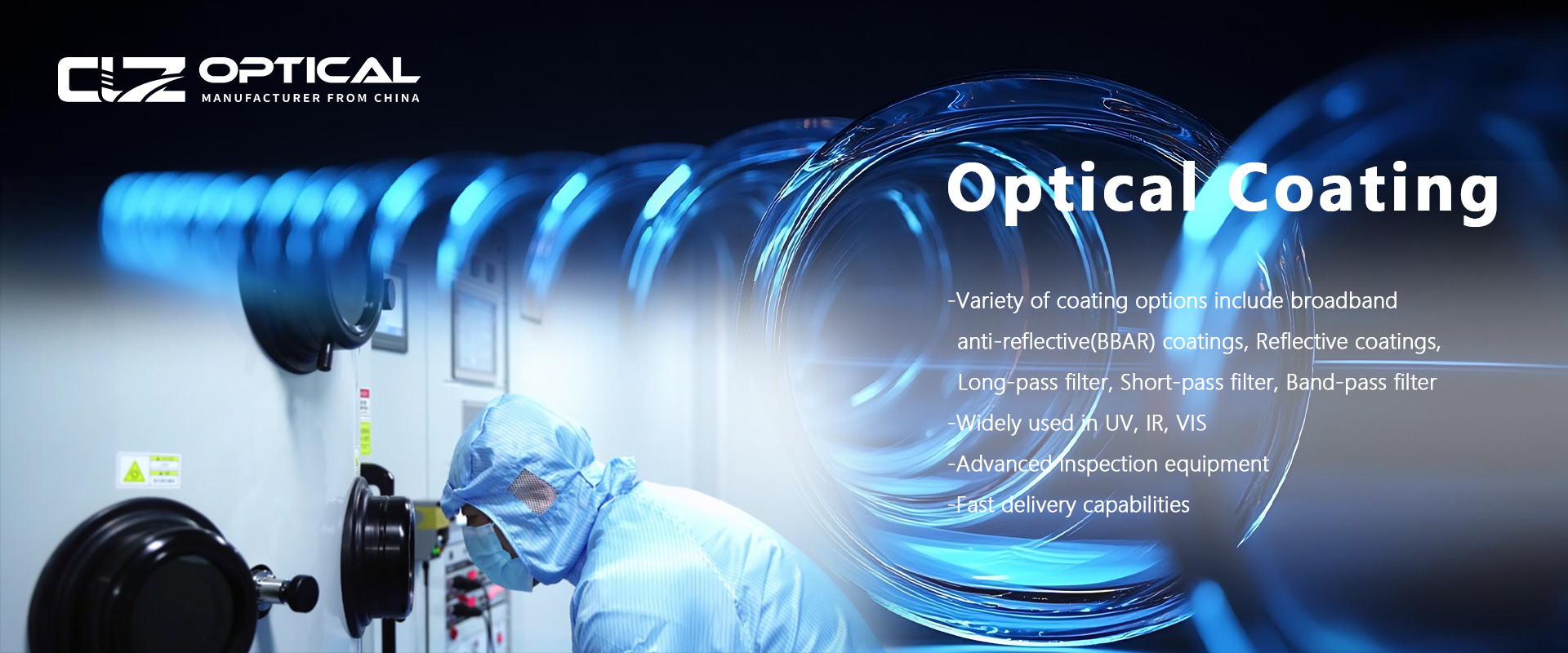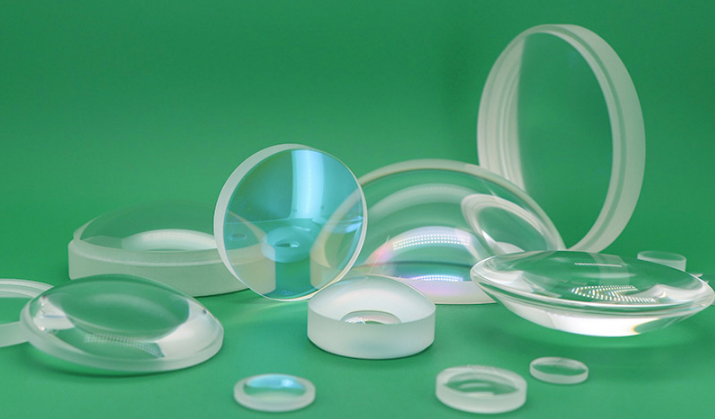Anti-Reflective Coating on Glasses: Is It Worth It?
Apr. 15, 2024
Anti-reflective coating on eyeglasses may come with a higher price tag, but it can offer benefits in specific situations, such as improving visibility during night driving and reducing eye strain caused by prolonged computer use. However, these lenses are prone to scratches and may require more frequent replacement.
Anti-reflective coating, also known as AR, no-glare, or glare-free coating, works by absorbing and redirecting reflected light, thereby reducing glare. This allows more non-reflected light to pass through, resulting in fewer visual disturbances. Unlike reflective lenses with mirror-like finishes, lenses with anti-reflective coatings are transparent, often with a subtle green or blue tint.
This article explores how anti-reflective coating functions, the advantages and disadvantages of anti-glare glasses, and the associated costs.
Is Anti-Reflective Coating Worth It?
While it's not an outright necessity, anti-reflective coating is something you may want to consider if you have symptoms of eye strain or spend a lot of time in front of a computer.
Anti-glare glasses can also make driving safe, particularly for those who drive at night or do long-distance driving.
Anti-reflective coating is also useful for people who:
Want to replace the highly reflective lenses
Tend to handle their glasses roughly
Have a sensitivity to light
Have astigmatism, cataracts, or glaucoma
Play sports in bright light
Advantages of Anti-Glare Glasses
Previously, anti-reflective coatings were either painted onto lenses or applied like stickers. However, modern advancements have changed this approach. Today, anti-reflective coatings are integrated into the lens matrix using a technology initially developed for high-powered telescopes and microscopes.
The coating comprises precisely calibrated layers of metal oxides applied to both the front and back of the lens. Subsequently, the lens is subjected to high-intensity ultraviolet (UV) light irradiation to enhance its light absorbency. This process effectively reduces reflected light and improves the transmission of non-reflected light through the lens.
Key benefits of anti-glare glasses include:
1. Durability: The lenses are robust, and the coating is resistant to rubbing off.
2. Enhanced vision: By reducing glare and squinting, these glasses facilitate easier viewing of smaller print or patterns.
3. Effortless cleaning: Anti-reflective lenses feature water-resistant properties, preventing the accumulation of grease or dirt on the lens surface.
4. Thinner profile: Unlike traditional reflective lenses, anti-reflective coatings are transparent, resulting in less noticeable thickness of the glasses.
5. Improved appearance: Reduced glare allows for clearer visibility of the eyes, especially noticeable in photographs.
Anti-Glare Glasses for Computer Use
Prolonged computer use often leads to vision problems. According to a 2020 study published in the journal Cureus, computer vision syndrome—characterized by headaches, itchy eyes, and temporary vision changes—is more prevalent among eyeglass wearers and individuals experiencing glare on their computer screens.
The American Optometric Association identifies eyeglass lens coatings as one of the most effective solutions for alleviating computer vision syndrome.
Anti-Glare Glasses for Night Driving
Glare during nighttime driving poses a significant risk of accidents, particularly for individuals with astigmatism. This eye condition, affecting one in three Americans, can result in visual disturbances such as halos and "whiteouts" caused by approaching headlights.
Anti-glare glasses can also benefit those sensitive to light while driving during the day or engaging in daytime boating activities. Anti-reflective coatings are also available for sunglasses.
Summary
AR coating lenses on eyeglasses aims to minimize glare, enhancing nighttime driving visibility and reducing eye strain during computer use. Fused into the lens surface, the coating imparts a subtle blue or green hue. Despite their advantages, anti-glare glasses are susceptible to scratching and may require replacement.












